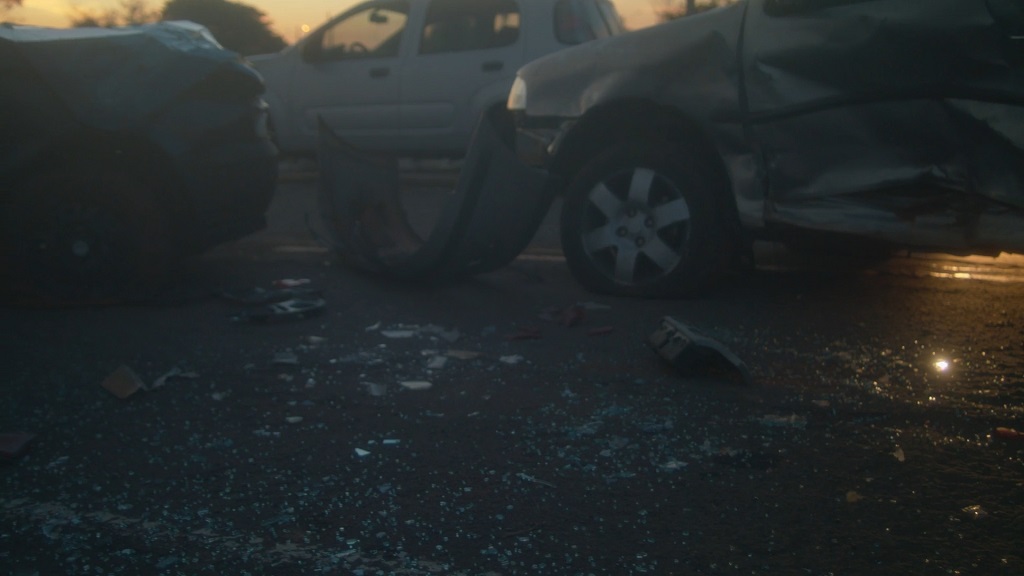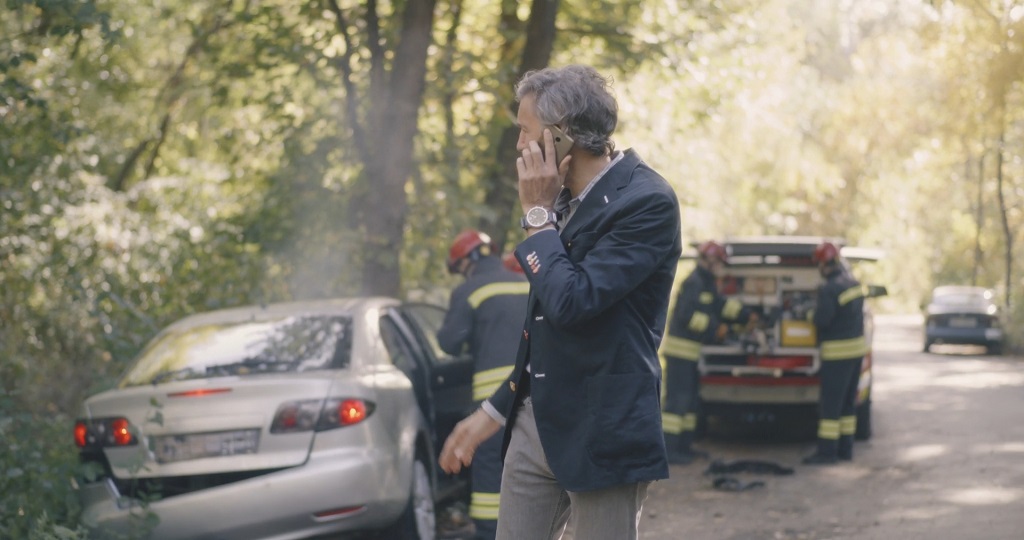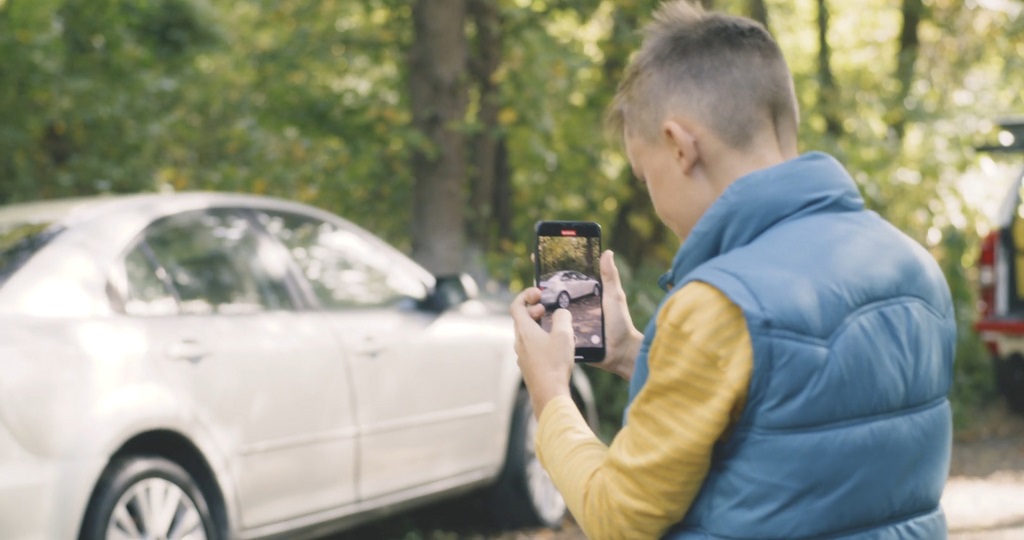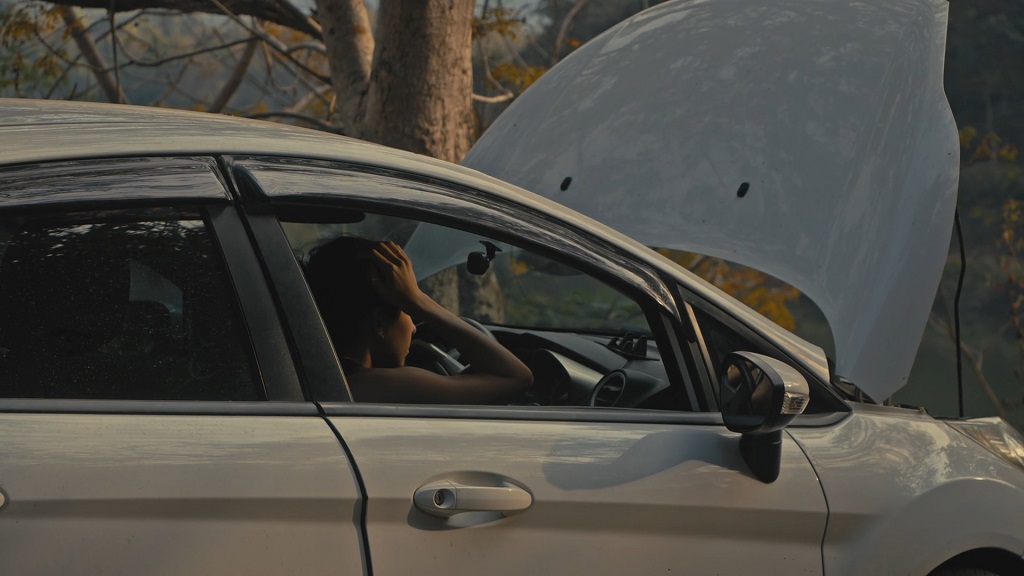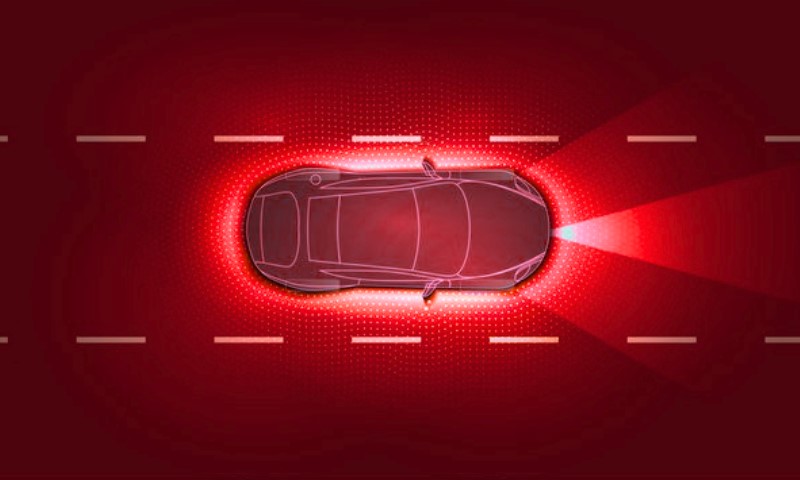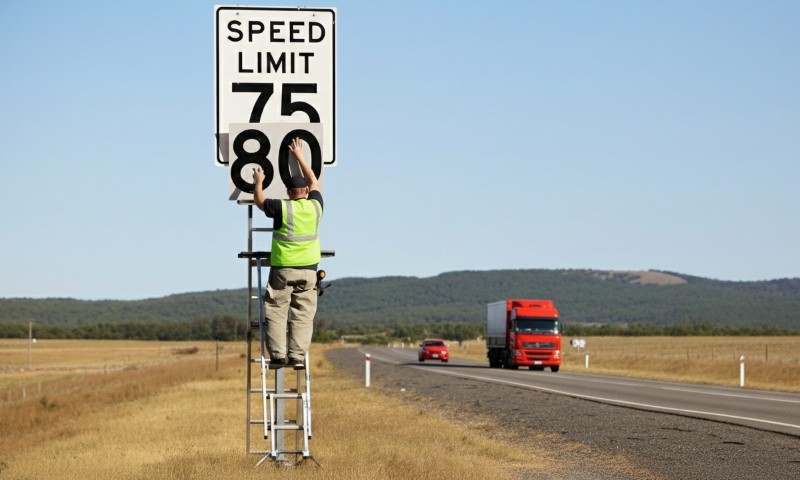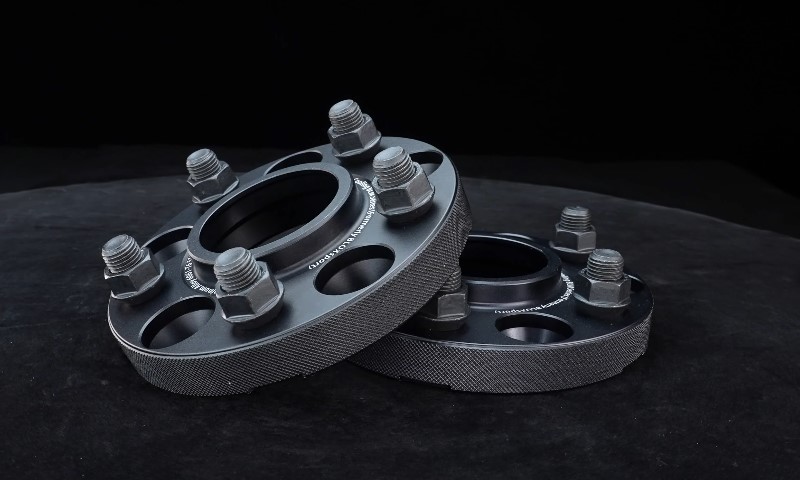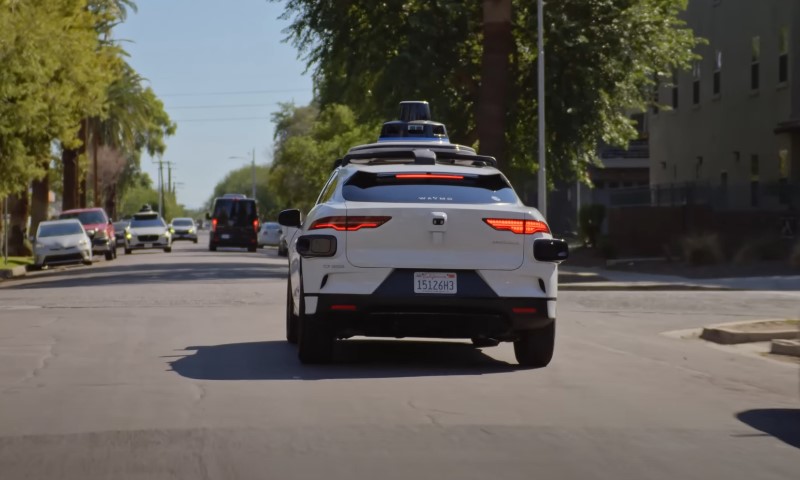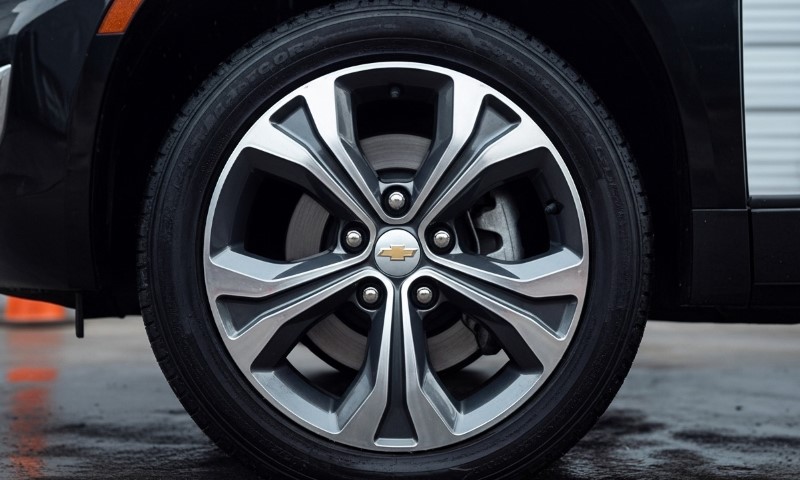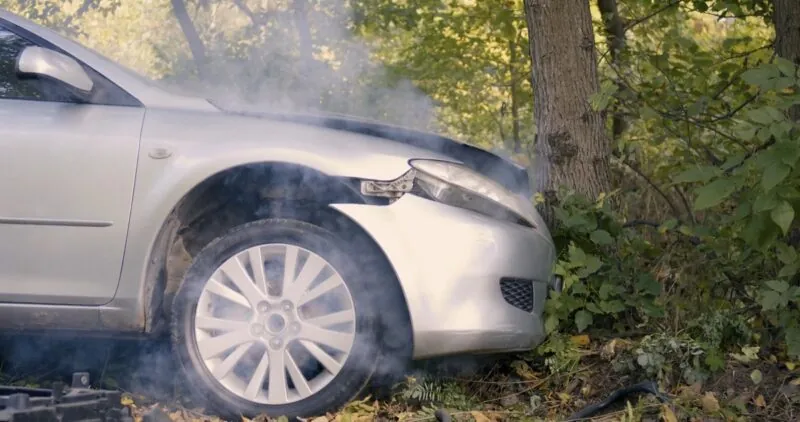
Share Post:
Getting into a car accident is one of those moments that stops time. Whether it’s a minor fender-bender or something more serious, the mix of adrenaline, confusion, and concern can make it tough to think straight.
However, the scene of the accident is where some of the most important decisions and actions take place. They can shape what happens in the days, weeks, and even years after. What you collect, what you document, and how you handle the scene can make or break your insurance claim, your legal standing, or even your peace of mind. It’s not just about snapping a few photos or trading numbers; there’s a method to getting it right. Here’s what that looks like.
Table of Contents
ToggleImmediate Steps After the Crash
Before you start collecting information, take a breath and focus on what matters most: your safety.
Step One: Secure the Scene
- If you can move the car safely, pull over to the side or a safe spot nearby.
- Turn on hazard lights immediately.
- If it’s dark or traffic is heavy, place flares or reflective triangles from your emergency kit, if you have them.
Step Two: Check for Injuries
- Scan yourself and passengers for signs of injury, including bleeding, dizziness, pain.
- Call 911 right away if anyone is hurt or you’re unsure.
- Let the paramedics assess you if there’s even a small chance of injury.
Step Three: Get the Police Involved
Even in minor accidents, it’s wise to get law enforcement to the scene.
- Ask for a report. Officers will usually create a written report with details that can support your claim.
- A police report becomes the official, impartial record. That’s huge if the other driver changes their story later.
The Critical Info You Need to Collect
Once everyone is safe and police are on the way (or already there), start gathering the following categories of information.
1. Other Driver’s Information
You’ll need enough details to identify them, contact them, and file a claim against their insurer.
| Detail | What to Record |
| Full Name | Ask for their legal name as it appears on their driver’s license |
| Contact Info | Phone number, address, and email (if they provide it) |
| Driver’s License | Note the number and issuing state |
| Vehicle Details | Make, model, color, and license plate |
| Insurance Info | Company name, policy number, and agent (if known) |
2. Witness Details
Eyewitnesses can be game-changers, especially when stories don’t match up.
| Detail | What to Record |
| Name and Contact Info | Get their phone number, and email if possible |
| Statement | Ask what they saw. Use your phone to record with permission |
| Neutrality | Note if they were just passing by or involved in any way |
Even a quick video of someone saying, “Yeah, the blue car ran the red,” could make a world of difference down the line. Nearby shop owners or pedestrians might’ve seen more than you think, so don’t overlook them.
3. Photos, Photos, and More Photos
You want your camera (usually your phone) working overtime here.
| What to Photograph | Why It’s Important |
| Vehicle Damage | All angles, even minor scratches—insurance adjusters need it |
| Road Conditions | Wet pavement, potholes, or any hazards |
| Skid Marks / Debris | Helps piece together how the crash happened |
| Traffic Signs / Lights | Especially if something was obstructed or malfunctioning |
| License Plates | Get every vehicle involved |
| Injuries | Only if safe and respectful to do so |
| Surroundings | Nearby businesses, cameras, or landmarks |
4. Dashcam or Video Evidence
Dashcams are especially useful in rear-end collisions or lane-change crashes. For example, if the video shows the other driver texting before swerving, that can dramatically change the outcome.
If you have a dashcam, save the file as soon as possible so it’s not overwritten. Back it up to your cloud or external storage. If someone else has a dashcam, ask politely if they’d consider sharing the footage.
5. Police Report Essentials
Once officers arrive, make sure you collect the following:
| Detail | Why It Matters |
| Officer’s Name & Badge | In case you need to follow up |
| Report Number | You’ll need it to request the full report later |
| Their Observations | Includes witness statements, road conditions, and possible fault |
Don’t Forget to Document Injuries
Not all injuries show up immediately. Some take hours or even days to become noticeable. Take photos of any visible injuries, including cuts, bruises, swelling. Jot down how you’re feeling. Dizziness, headaches, and foggy thinking are all worth noting.
Visit a doctor, even for what feels like “minor” symptoms. It protects your health and creates a medical paper trail. You may feel fine that day, but wake up with serious back pain the next morning. Without early notes or photos, insurers might question whether the injury is related.
Keep a Journal
It might feel odd, but it helps, especially if you end up needing a lawyer or filing a long-term claim.
What to Include:
- Date and time of the accident
- Weather and road conditions
- Your version of what happened
- Names and contacts for all involved
- Medical updates (doctor visits, symptoms, diagnoses)
- How the incident affects your day-to-day life
Write it like you’re telling the story to your future self who forgot the details. That kind of record can be incredibly valuable later. This is extremely important in complex scenarios like suing the USPS after an injury crash, where every detail counts.
Bonus Tips for Staying Ready
1. Stay calm, not combative
Even if the other driver is upset or hostile, keeping your cool helps you stay focused on gathering what matters.
2. Don’t admit fault
Even if you think you messed up, don’t say so at the scene. Fault is complex and depends on a range of factors. Let the insurance companies and authorities sort that part out.
3. Use an accident checklist
Many insurance companies offer printable “what to do after a crash” forms. Keep one in your glove box. Include a pen and notepad too, just in case your phone is dead or damaged.
4. Keep a car kit
Here’s what a solid kit might include:
- Flashlight
- Phone charger (or battery pack)
- Flares or reflective triangles
- Emergency blanket
- First aid kit
- Printed insurance card and registration
- Dashcam (if you’re extra prepared)
Why Gathering Information Matters More Than You Think
Let’s start with why this isn’t just a bureaucratic checklist. Over six million car accidents happen in the U.S. every year, according to NHTSA. And when the dust settles, more than 40% of them involve disagreements about fault, based on data from the Insurance Information Institute.
That’s nearly half, and if it comes down to your word against theirs, having clear, detailed documentation can be the deciding factor. It’s the difference between a fast insurance payout or a long back-and-forth. Between proving the other driver ran the red light, or being blamed for something you didn’t do. Accurate information helps in three major ways:
- Insurance claims go smoother when everything’s clearly documented.
- Legal disputes often hinge on what’s collected at the scene.
- Personal records give you clarity when the event gets blurry over time.
Endnote
Collecting the right information at the scene of a car accident is about being prepared. The more specific and organized you are in those first minutes, the easier everything becomes later.
Whether you’re filing an insurance claim, talking to a lawyer, or just trying to move on from a stressful experience, the details you gather matter. Stay safe out there, and if you ever find yourself hearing that dreaded crunch of metal, take a breath, grab your phone, and start collecting the truth. It could make all the difference.
Related Posts:
- 2025 Dodge Charger - Full Review, Pricing Details,…
- Toyota Camry Key Won’t Turn - How to Resolve This Problem?
- How to Change Battery in Prius Key - Easy Solution…
- 2025 Ford Explorer - Comprehensive Review, Price,…
- Should You Switch to an Electric Motorcycle? 13 Key…
- Vehicle Safety Advancements Since the Early 2000s:…



